Salicylic acid has an acne-fighting reputation—but there’s much more to it.
Everyone's been there: You wake up, head to the bathroom mirror, and see yet another pimple that's popped up overnight. What gives? As an adult, you're probably sick of acne flare-ups and wondering why the heck this annoying issue is plaguing you long past puberty. Clearly, whatever products you're using (or lack thereof) aren't working.
Luckily, there's an increasingly common skin-care ingredient that can help: salicylic acid. It's been touted as an acne-fighting miracle that just might be the thing you need to finally clear your skin—and as a way to treat pesky skin conditions like warts and psoriasis. While salicylic acid is so wonderful, it's also super strong—meaning that you need to use it in the right dose and not too often, or else you may actually put your skin at risk of damage. (That's why, FTR, it's always a good idea to discuss with your derm before going crazy with new products.)
Here's everything you need to know about incorporating salicylic acid into your skin-care routine including the benefits of salicylic acid, so you can banish existing zits, prevent acne, and even manage skin conditions (from dandruff to cracked heels) that don’t seem to ever go away.
What Is Salicylic Acid and What Are the Benefits of Salicylic Acid?
For starters, salicylic acid can be really helpful for clearing blackheads and reducing chronic acne. As a beta hydroxy acid, its oil-soluble and able to work its way deep into your pores to give them a good deep cleaning. "Salicylic acid penetrates and dislodges the gunk (sebum) so that it's no longer trapped inside the pore," says dermatologist David Lortscher, M.D., a board-certified dermatologist and founder and CEO of Curology. "This helps clear your pores, avoiding the build-up of sebum and dead cells that can trigger acne breakouts," explains Dr. Lortscher. What's more, "salicylic acid is chemically similar to the active component of aspirin, meaning it decreases inflammation and is beneficial for both inflammatory and noninflammatory acne." The skin-care ingredient can be found in acne-fighting over-the-counter cleansers and moisturizers, as well as salicylic acid peels that come at higher concentrations and spot treatments.
There are perks to using salicylic acid over other acne ingredients, such as benzoyl peroxide. For instance, benzoyl peroxide is great for killing acne-causing bacteria, but it doesn't help clear clogged pores the way salicylic acid does. Benzoyl peroxide is ideal for breakouts with some nasty whiteheads, but not so much for hormonal acne, blackheads, and clogged pores. And, "unlike benzoyl peroxide, which can bleach towels, clothing and other fabrics, salicylic acid does not bleach fabrics," explains Dr. Lortscher. Your best bet, though, is to find a product that uses both ingredients, so you can more effectively attack existing acne and bacteria and prevent future breakouts.
Salicylic acid’s ability to combat acne may be old news, but it also has some under-the-radar uses and benefits, including effective treatment for warts, calluses, psoriasis, keratosis pilaris, and dandruff. So how does the go-to anti-acne ingredient help with unwanted skin conditions? Salicylic acid is a keratolytic medication, meaning it works to break the bonds between cells, says Marisa Garshick, M.D., F.A.A.D, a board-certified dermatologist in New York City. As a result, salicylic acid can help break down thick skin and eliminate built-up, dead skin cells on the surface—a common denominator of these conditions—and ultimately help create that soft and smooth feeling.
How to Use Salicylic Acid for Acne
You can find salicylic acid in a range of over-the-counter products, from facial cleansers and body washes to spot treatments—usually in concentrations of 0.5 to two percent. Dr. Lortscher recommends Neutrogena Oil-Free Acne Wash (Buy It, $10, ulta.com) and Body Clear Body Wash (Buy It, $5, ulta.com), as well as Mario Badescu Drying Lotion (Buy It, $17, sephora.com) for spot treatments. It can also be used in facial peels with concentrations of up to 20 or 30 percent—though these are typically supervised by your derm, he says. (FYI, you'd likely only be advised a higher dosage by a derm if you have really problematic skin or chronic acne.)
Salicylic acid can also be a common ingredient in exfoliants. "Exfoliants, such as products containing AHA (alpha hydroxy acid) or BHA (beta hydroxy acid), dissolve the 'cement' that holds dead skin cells on the skin's surface," says Dr. Lortscher. "This allows the dead skin cells to be shed more efficiently, revealing new younger skin cells beneath, and thus helping to improve dull, dry, or flaky skin and clogged pores, potentially resulting in smoother skin texture." BHA exfoliants (like salicylic acid) can help treat and prevent clogged pores like blackheads since they help prevent dead skin cells from building up in the pore, he says. (BRB, going to exfoliate from head to toe.)
How to Use Salicylic Acid for Dandruff
When salicylic acid is included in a shampoo’s formula, it’s designed to help eliminate the dead skin on the scalp, says Dr. Garshick. Since it’s a BHA exfoliant, it will soften that built-up dander and allow it to come off your scalp. “Most people don’t think of it as a scalp exfoliant,” says Dr. Garshick. “But I actually use it often in practice for patients.” To kick your snowflakes to the curb, she recommends washing daily with Neutrogena T/Sal Therapeutic Shampoo (Buy It, $6, walmart.com), DHS SAL Shampoo (Buy It, $10, walmart.com), Kiehl’s Amino Acid Shampoo (Buy It, $20, sephora.com), or Vichy Dercos Anti Dandruff Shampoo (Buy It, $23, walmart.com), but if you find that to be too drying for your scalp, cut back your salicylic acid shampooing to a few days a week. (Wait, what's the difference between dandruff and dry scalp?)
How to Use Salicylic Acid for Psoriasis
For those who have psoriasis (including celebs like Kim Kardashian), a skin condition that causes red, scaly, and thick patches on the skin, salicylic acid can help other treatments work more effectively by softening the tough layer of dead skin, says Dr. Garshick. Apply CeraVe Psoriasis Moisturizing Cream (Buy It, $20, walmart.com) to the affected areas, which are often the elbows, knees, hands, and scalp, for a few days until symptoms ease.
How to Use Salicylic Acid for Warts
“When it comes to over-the-counter wart treatments, some of the most effective are salicylic acid-based,” says Dr. Garshick. Since warts are thick skin growths, salicylic acid can help break apart the skin cells and slowly shrink them, she says. Try an at-home treatment like in Compound W (Buy It, $7, walmart.com), and Duofilm (Buy It, $9, walmart.com), and don’t worry if your skin is feeling irritated—it’s a sign the salicylic acid is working and breaking down the tough skin. If your wart is particularly stubborn, using a salicylic acid treatment after your dermatologist freezes the wart can help continue to reduce its size, says Dr. Garshick.
Cracked or Thickened Heels
There are plenty of products out there to treat this skin condition, often containing glycolic acid, urea, lactic acid, or a combination of the three, but salicylic acid can also work well to break down the layer of skin cells, says Dr. Garshick. Since the skin on the feet is so thick, it generally won’t cause any irritation—though you may want to keep it away from true cracks or fissures in the skin. To get your soles back to their smooth state, slather on CeraVe Renewing SA Foot Cream (Buy It, $11, walmart.com) as needed.
Keratosis Pilaris
Salicylic acid’s exfoliating effect can help minimize the effects of keratosis pilaris, a condition also known as “chicken skin” that manifests as tiny rough bumps on the upper arms, thighs, cheeks, and butt. Since a lot of people with the condition also experience dry skin, a moisturizing cream containing salicylic acid would be your best bet, says Dr. Garshick. “CeraVe SA Cream for Rough & Bumpy Skin (Buy It, $18, walmart.com) contains hydrating, skin-barrier boosting ingredients, like hyaluronic acid, to allow the exfoliation to happen in a gentle environment,” she says.
What to Keep In Mind When Using Salicylic Acid
1. Avoid the sun.
If you're using salicylic acid, be wary of the sun. (You may want to avoid your daily spot treatment if you're on a beach vacation, for instance.) "Any time the layers of dead skin cells on the surface of the skin are removed, such as by exfoliation, the skin loses some of its physical protection against the sun's UV rays," says Dr. Lortscher. Although you should always be careful about slathering on SPF, it's extra important to be diligent with sunscreen when using BHAs, he says.
2. Don't use it during pregnancy.
If you're pregnant, you'll want to avoid salicylic acid. "Salicylic acid has a similar chemical structure to aspirin, and since aspirin may cause birth defects, excessive blood loss during delivery, and other complications during pregnancy, it is recommended to avoid salicylic acid during pregnancy," says Dr. Lortscher. Instead, you can try OTC cleansers with benzoyl peroxide, since it has a different chemical structure that's safe for use during pregnancy.
3. Don't use it if your skin is super dry.
In general, salicylic acid is better for oily skin. "Since salicylic acid can be drying, it is better for those with oily skin types, whose skin can handle a bit of drying," says Dr. Lortscher.
"If you have dry skin, you can use salicylic acid and benzoyl peroxide, but should take it slowly," he says. Try salicylic acid products with lower strengths of the medications, such as one percent instead of two percent (which is the max amount considered safe amongst the general public). Cleansers and washes may be a better choice than leave-on creams or lotions since the product is in contact with your skin for a shorter amount of time, he explains.
4. It's found in strawberries.
Get this: salicylic acid is actually active in strawberries. "Strawberries are rich in beta hydroxy acids (BHAs), such as salicylic acid, along with other ingredients such as alpha-hydroxy acids (AHAs), that help in reducing acne," says Debra Jaliman, M.D., board-certified NYC dermatologist, assistant professor of dermatology Icahn School of Medicine at Mount Sinai, and author of Skin Rules: Trade Secrets from a Top New York Dermatologist. "You can mash half a cup of sliced strawberries and apply it on your face for 10 minutes. This will help in clearing acne as well as blemishes," she says. While many store-bought products can be just as gentle on the skin, this strawberry mask is a totally harmless and relaxing DIY alternative that offers a way to take a break from product and still get the benefits of salicylic acid. (And a little self-care spa session, at that.)
5. It can cause irritation if used incorrectly.
Salicylic acid can cause irritation if you make contact with other areas of the skin, like your eyes, nose, mouth, groin, or any broken skin, says Jaliman.
It can also irritate your skin if you use it too much: "Salicylic acid can become harmful if used too aggressively or for a long period of time," says Paul Dean, M.D., a dermatologist from Grossmont Dermatology Medical Clinic in San Diego and founder of Skin Resource M.D. "It can actually remove the first layer of skin and make the skin become extremely irritated and painful." For instance, concentrations between 17 percent and 27 percent shouldn't be used on the face, he says (though you won't find this in a normal OTC cleanser at the drugstore). If used for a long time, it can make your skin become dry and thin, he says, which could lead to more fine lines and wrinkles—although managing dosages and days of use can prevent this.
Chat with your derm about how often and how long you should use it. A general rule of thumb: Don't use salicylic acid every day, says Dr. Lortscher. Instead, start with one to two days weekly, and then consult your derm to see if you can or should increase. (Don't make these dry skin-inducing mistakes in the shower, either.)
6. Use products that are designed for your condition.
The percent of concentration matters, and it varies from product to product. “What’s designed for wart doesn’t mean it's designed for your acne,” says Dr. Garshick. So if you decide to use a wart-removing product that has a 17 percent concentration as a spot treatment for your blemishes, your skin is probably going to become pretty irritated. Save yourself the agony and buy separate treatments for your different skin conditions.
7. It pairs well with glycolic acid.
"Glycolic acid also removes dead skin cells and reduces inflammation related to acne and other skin issues; however, unlike salicylic acid, glycolic acid can be used in daily skin-care products as it will not irritate the skin," says Dr. Dean. At low strengths, glycolic acid is most commonly found in anti-aging moisturizers or face masks, and is ideal for restoring collagen and smoothing and refreshing your complexion, he explains. "Using products with glycolic acid along with products with salicylic acid would be beneficial since glycolic acid restores moisture, and salicylic acid depletes moisture in your skin," he says.



